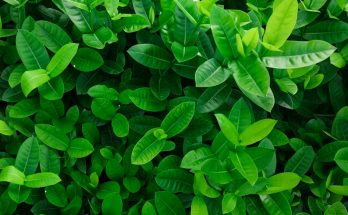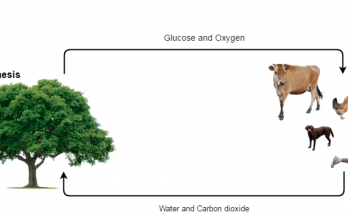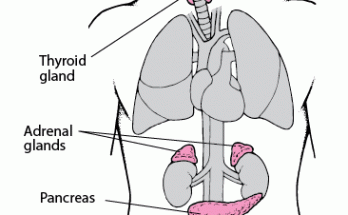
What are the Adaptations of leaf for Photosynthesis
10 important leaf adaptations for photosynthesis. From a large surface area that captures abundant sunlight to the presence of chlorophyll and concentrated chloroplasts that optimise energy uptake, leaves have evolved to maximise the process. Efficient gas diffusion, thin leaves for rapid transport, transparent cuticle and an extensive vein system ensure the distribution of nutrients. Explore these vital adaptations for efficient photosynthesis.
What are the Adaptations of leaf for Photosynthesis Read More





